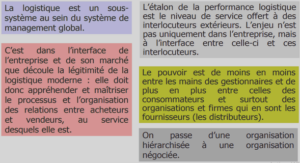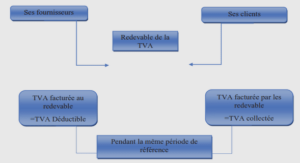Drivers for Big Data
there are an equal number of concerns: Will it take away my current investment in Business Intelligence or replace my organization? How do I integrate my Data Warehouse and Business Intelligence with Big Data? How do I get started, so I can show some results? What are the skills required? What happens to data governance? How do we deal with data privacy?tioners in this field. I am always fascinated with the two views that so often clash in the same room—the bright-eyed explorers ready to share their data and the worriers identifying ways this can lead to trouble. A similar divide exists among consumers. As in any new field, implementation of Big Data requires a delicate balance between the two views and a robust architecture that can accommodate divergent concerns.and technological underpinnings, this book takes a practitioner’s viewpoint. It identifies the use cases for Big Data Analytics, its engineering components, and how Big Data is integrated with business processes and systems. In doing so, it respects the large investments in Data Warehouse and Business Intelligence and shows both evolutionary and revolutionary—as well as hybrid—ways of moving forward to the brave new world of Big Data. It deliberates on serious topics of data privacy and corporate governance and how we must take care in the imple- mentation of Big Data programs to safeguard our data, our customers’ privacy, and our products.
the banner of Big Data. First, we have a fair amount of data within the corpora- tion that, thanks to automation and access, is increasingly shared. This includes emails, mainframe logs, blogs, Adobe PDF documents, business process events, and any other structured, unstructured, or semi-structured data available inside the organization. Second, we are seeing a lot more data outside the organization— some available publicly free of cost, some based on paid subscription, and the rest available selectively for specific business partners or customers. This includes information available on social media sites, product literature freely distributed by competitors, corporate customers’ organization hierarchies, helpful hints available from third parties, and customer complaints posted on regulatory sites.For example, Foursquare (www.foursquare.com) encourages me to document my visits to a set of businesses advertised through Foursquare. It provides me with points for each visit and rewards me with the “Mayor” title if I am the most frequent visitor to a specific business location. For example, every time I visit Tokyo Joe’s—my favorite nearby sushi place—I let Foursquare know about my visit and collect award points. Presumably, Foursquare, Tokyo Joe’s, and all the competing sushi restaurants can use this information to attract my attention at the next meal opportunity.
Volume
Most organizations were already struggling with the increasing size of their databases as the Big Data tsunami hit the data stores. According to Fortune magazine, we created 5 exabytes of digital data in recorded time until 2003. In 2011, the same amount of data was created in two days. By 2013, that time period is expected to shrink to just 10 minutes.2infrastructure in terabytes. They have now graduated to applications requiring storage in petabytes. This data is straining the analytics infrastructure in a number of industries. For a communications service provider (CSP) with 100 million customers, the daily location data could amount to about 50 terabytes, which, if stored for 100 days, would occupy about 5 petabytes. In my discussions with one cable company, I learned that they discard most of their network data at the end of the day because they lack the capacity to store it. However, regulators have asked most CSPs and cable operators to store call detail records and associated usage data. For a 100-million-subscriber CSP, the CDRs could easily exceed 5 billion records a day. As of 2010, AT&T had 193 trillion CDRs in its database.
Velocity
There are two aspects to velocity, one representing the throughput of data and the other representing latency. Let us start with throughput, which represents the data moving in the pipes. The amount of global mobile data is growing at a 78 percent compounded growth rate and is expected to reach 10.8 exabytes per month in 20164 as consumers share more pictures and videos. To analyze this data, the corporate analytics infrastructure is seeking bigger pipes and massively parallel processing.report” environment where reporting typically contained data as of yester- day—popularly represented as “D-1.” Now, the analytics is increasingly being embedded in business processes using data-in-motion with reduced latency. For example, Turn (www.turn.com) is conducting its analytics in 10 milliseconds to place advertisements in online advertising platforms.5The data was compiled from a variety of sources and transformed using ETL (Extract, Transform, Load) or ELT (Extract the data and Load it in the warehouse, then Transform it inside the warehouse). The basic premise was narrow variety and structured content. Big Data has significantly expanded our horizons, enabled by new data integration and analytics technologies. A number of call center analytics solutions are seeking analysis of call center conversations and their correlation with emails, trouble tickets, and social media blogs. The source data includes unstructured text, sound, and video in addition to structured data. A number of applications are gathering data from emails, documents, or blogs. For example, Slice provides order analytics for online orders (see www.slice.com for details). Its raw data comes from parsing emails and looking for information from a variety of organizations—airline tickets, online bookstore purchases, music download receipts, city parking tickets, or anything you can purchase and pay for that hits your email. How do we normalize this information into a product catalog and analyze purchases.






